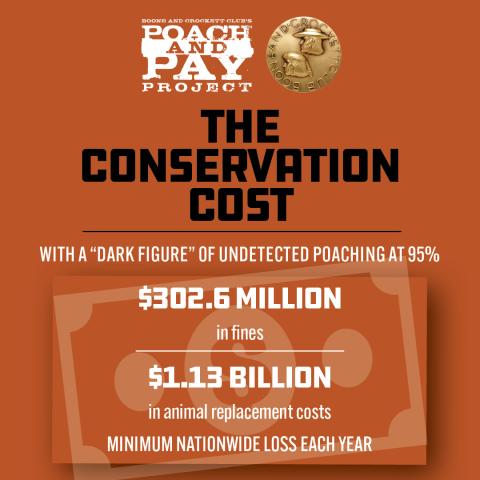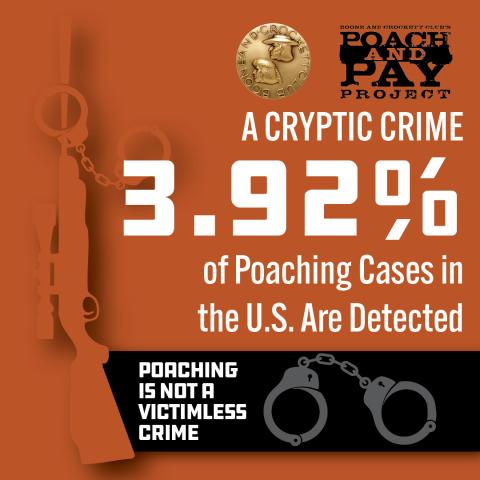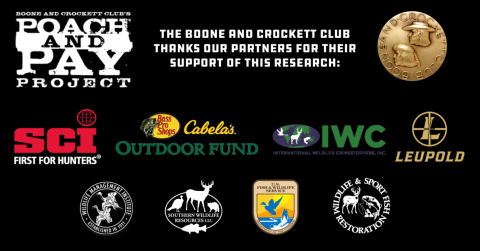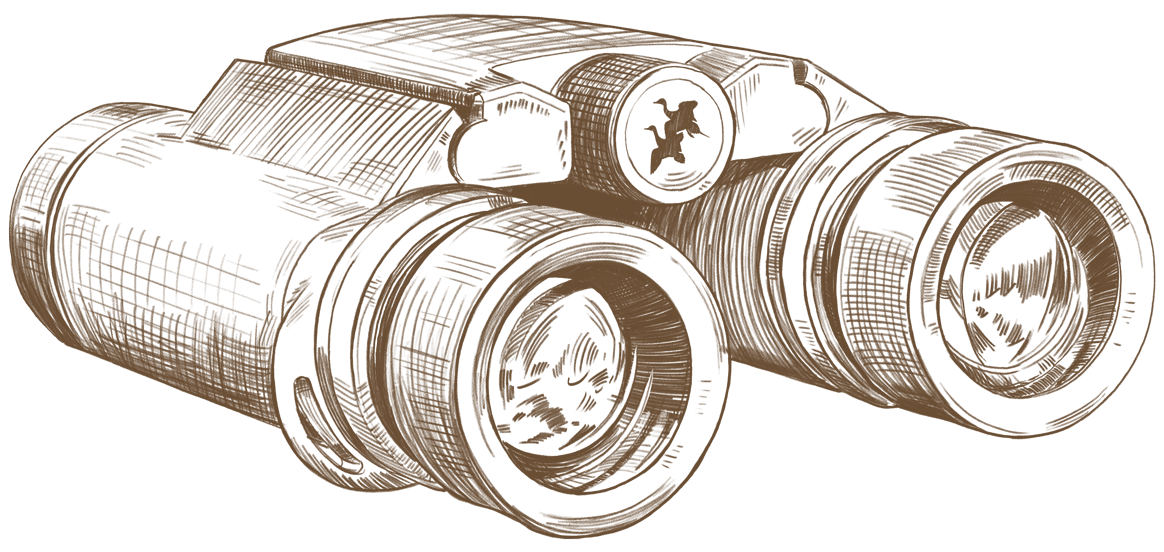Recognizing the lack of comprehensive data on poaching, the Boone and Crockett Club launched the Poach and Pay Program in 2016. An initial 2017 study highlighted weaknesses in state restitution frameworks and inconsistent treatment of wildlife crimes in courts. Building on that foundation, the Poach and Pay research released in 2025 involves seven integrated phases:
- Assessing stakeholder attitudes
- Identifying offender typologies
- Examining judicial barriers
- Estimating detection rates
- Calculating conservation costs
- Evaluating deterrence strategies
- Developing best management practices
Highlights
This study quantifies the enormous conservation impact of these crimes, amounting to more than $1.4 billion annually in lost fines and replacement costs. It also provides a roadmap for strengthening the detection, deterrence, and prosecution of poachers while reinforcing the vital distinction between lawful hunters and poachers.
Perhaps the most striking finding of the Poach and Pay study is the extremely low detection rate of poaching incidents. Bayesian models estimated detection at only 2–7 percent, meaning that roughly 95 percent of poaching goes unnoticed. This 'dark figure' has profound conservation and fiscal implications. Based on replacement cost calculations, state wildlife agencies and the public lose at least $1.44 billion annually in uncollected fines and replacement costs. On average, each state loses $28.7 million per year, a sum that often exceeds annual Pittman–Robertson excise tax apportionments or gross hunting license revenues. These losses directly undermine agency budgets, conservation priorities, and public trust in wildlife governance.
The findings of Poach and Pay are clear: poaching is not a victimless crime. It represents a massive financial loss to the public and state wildlife agencies, undermines the North American Model of Wildlife Conservation, and threatens the public’s trust in conservation institutions. Legal hunters are not poachers; indeed, hunters are often the first to report poaching incidents. Poachers are thieves who steal from everyone. Policymakers, wildlife agencies, and the public must work together to strengthen detection, standardize restitution frameworks, and elevate the seriousness of wildlife crime in the judicial system. Public awareness and support are essential for ensuring the conservation of wildlife resources for future generations.
Conclusion
By quantifying the hidden scope and costs of poaching, the Poach and Pay research has provided conservation professionals with a powerful tool to advocate for reform. The Boone and Crockett Club and its partners will continue to advance this initiative, but success depends on collective action. Reducing poaching requires more than law enforcement; it demands public vigilance, policy change, judicial engagement, and clear recognition that America’s wildlife belongs to all its citizens.



